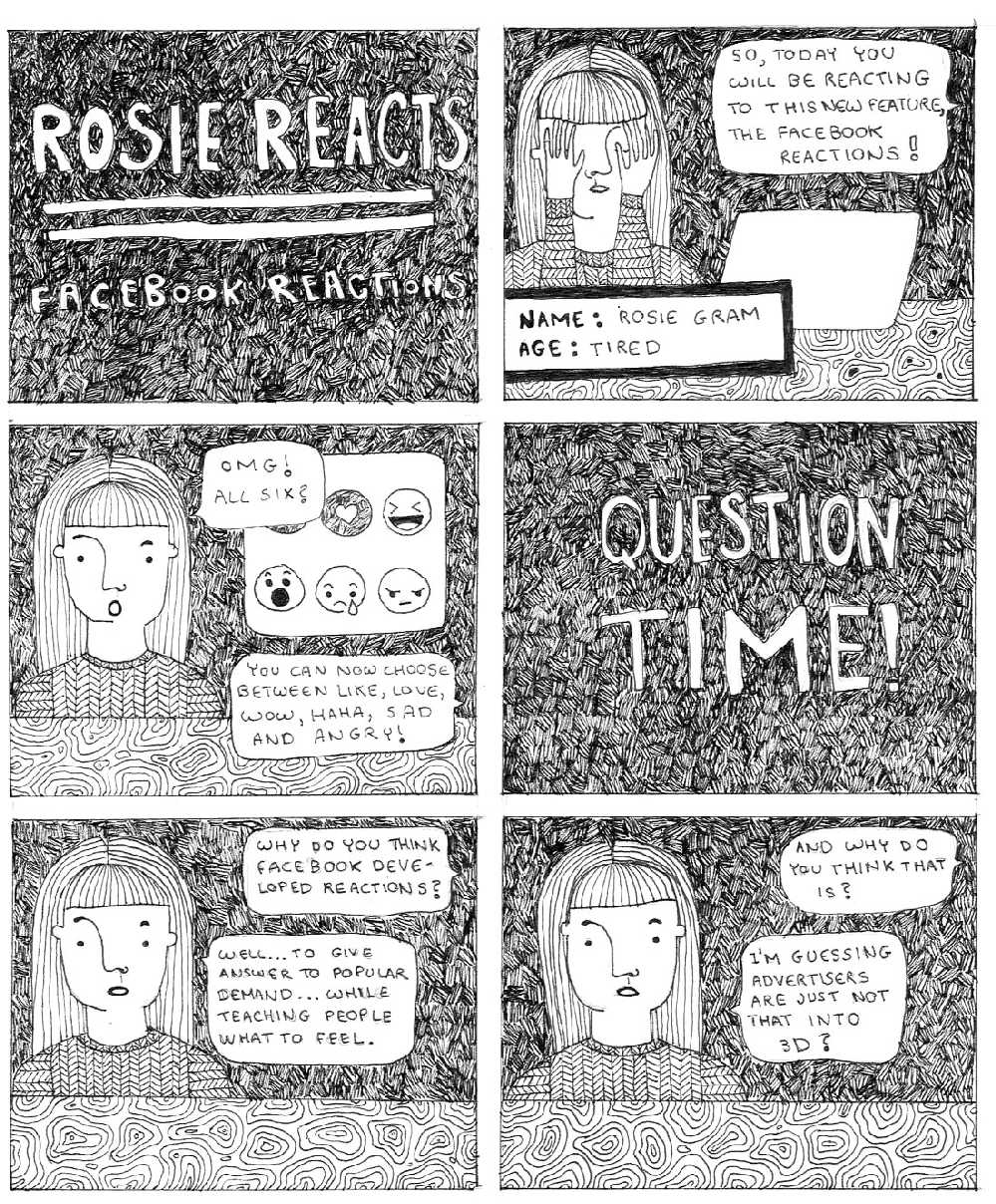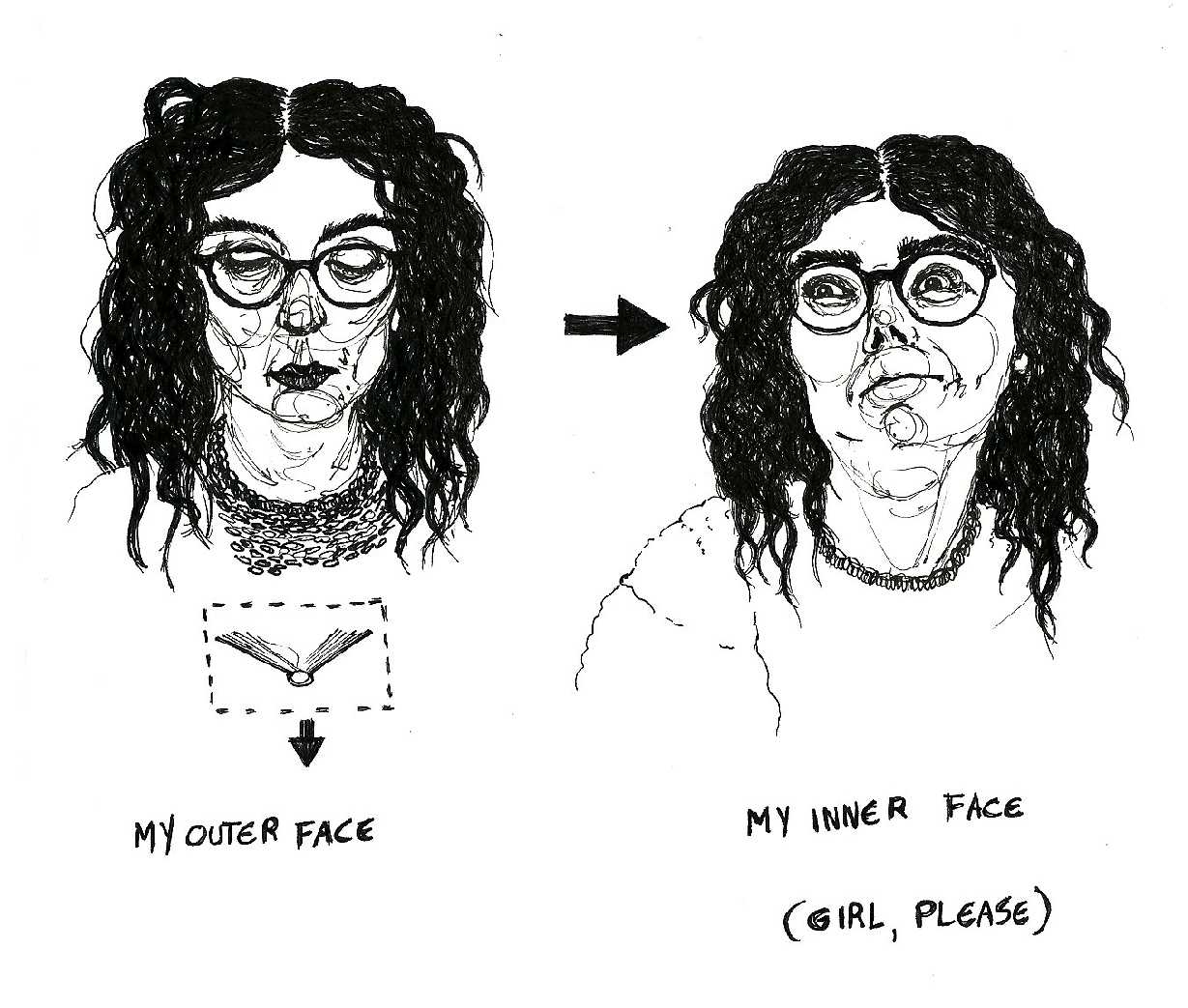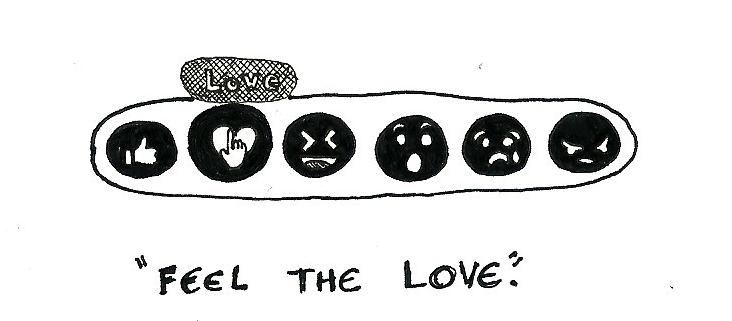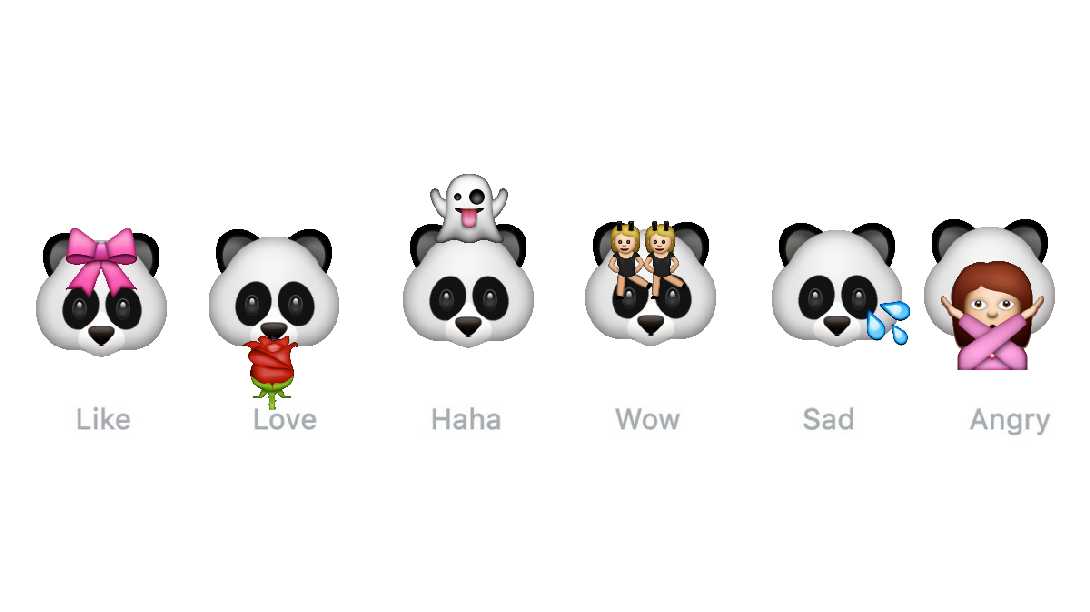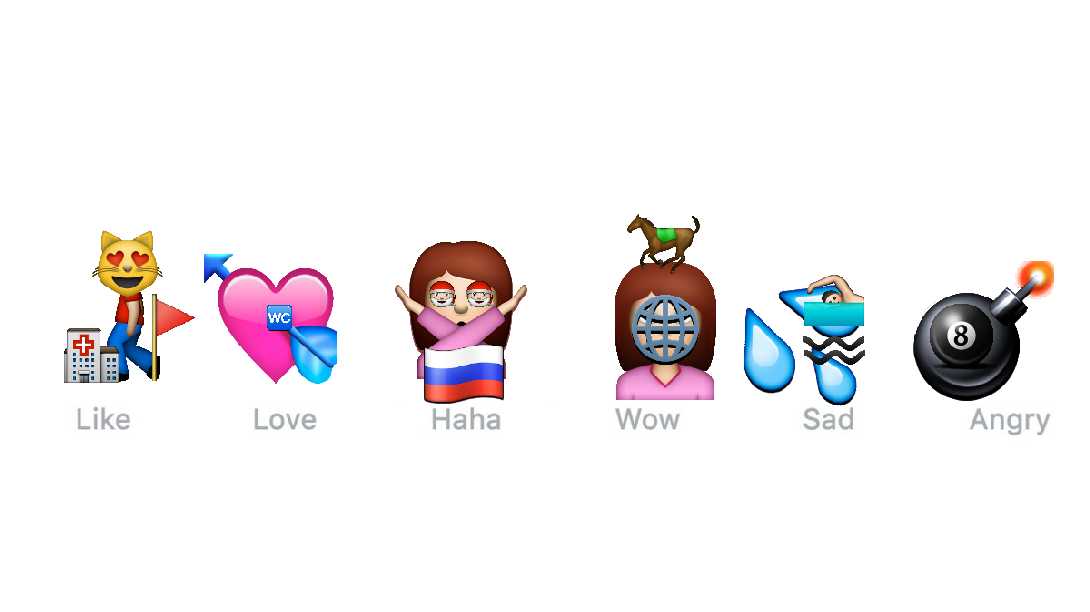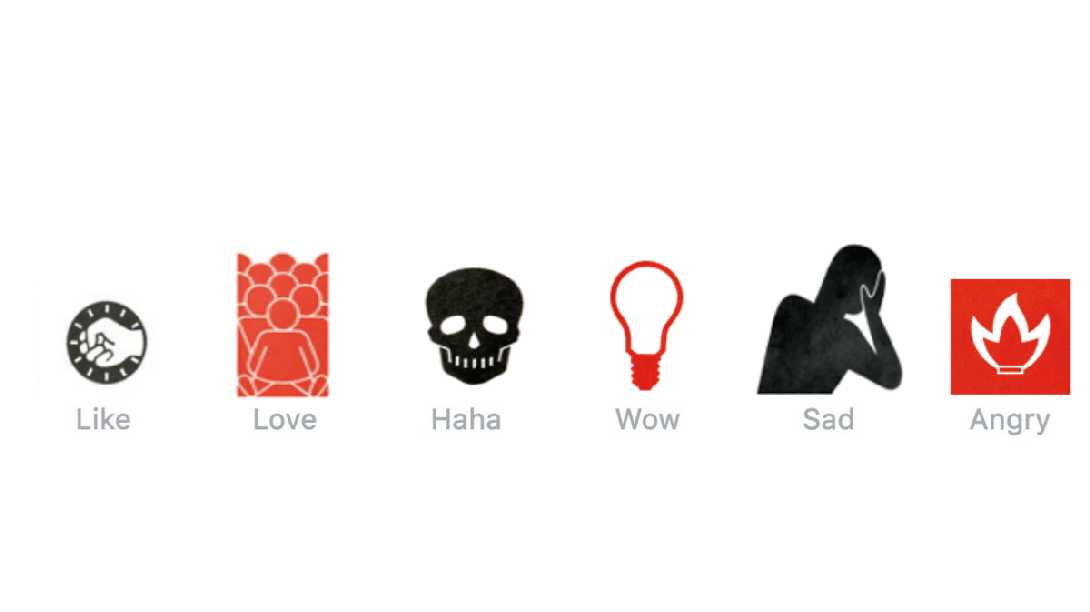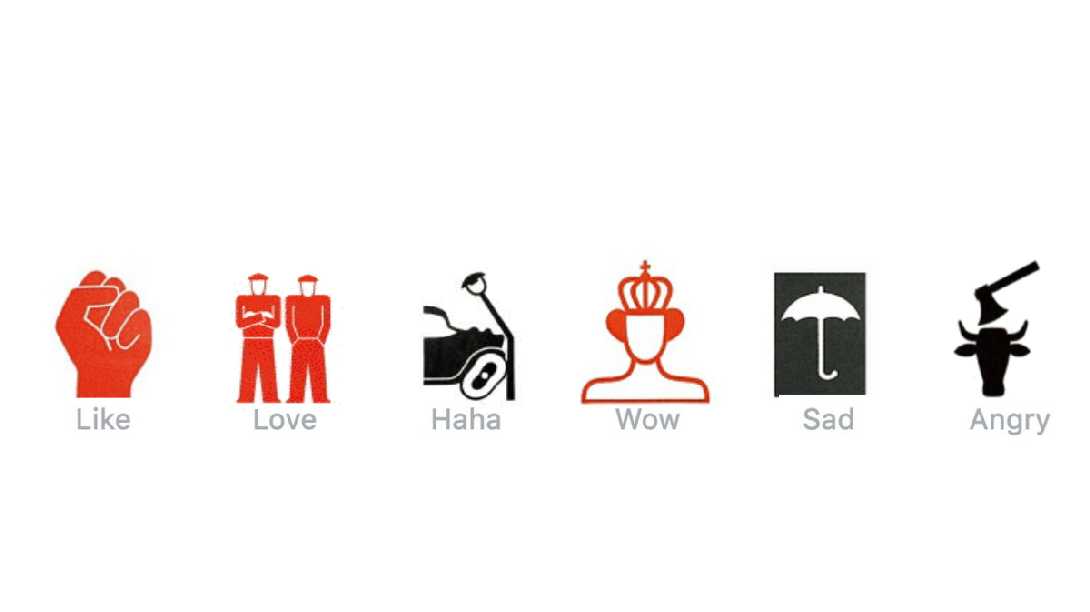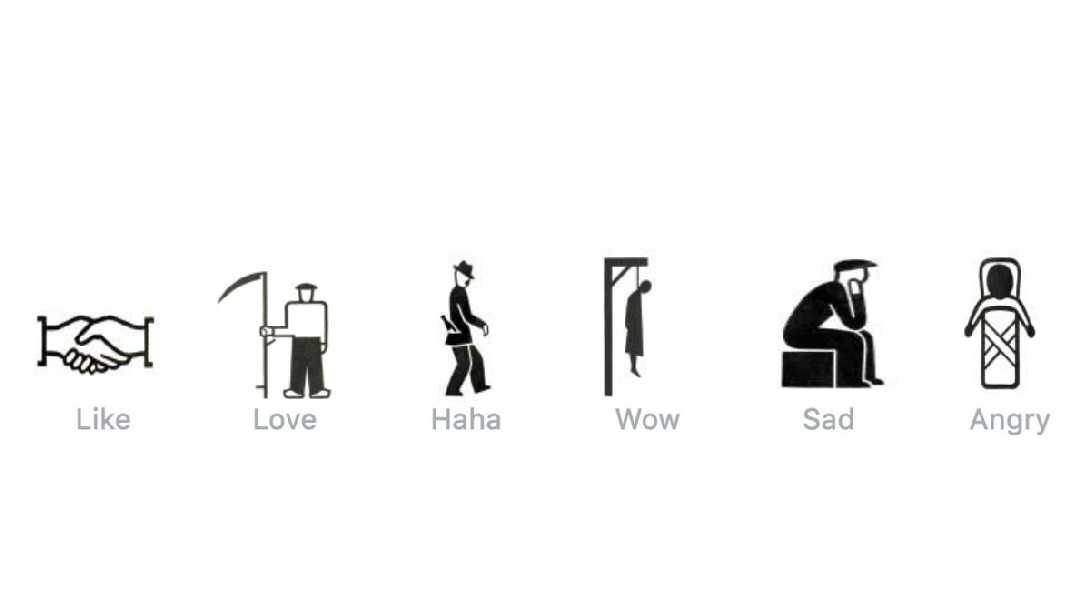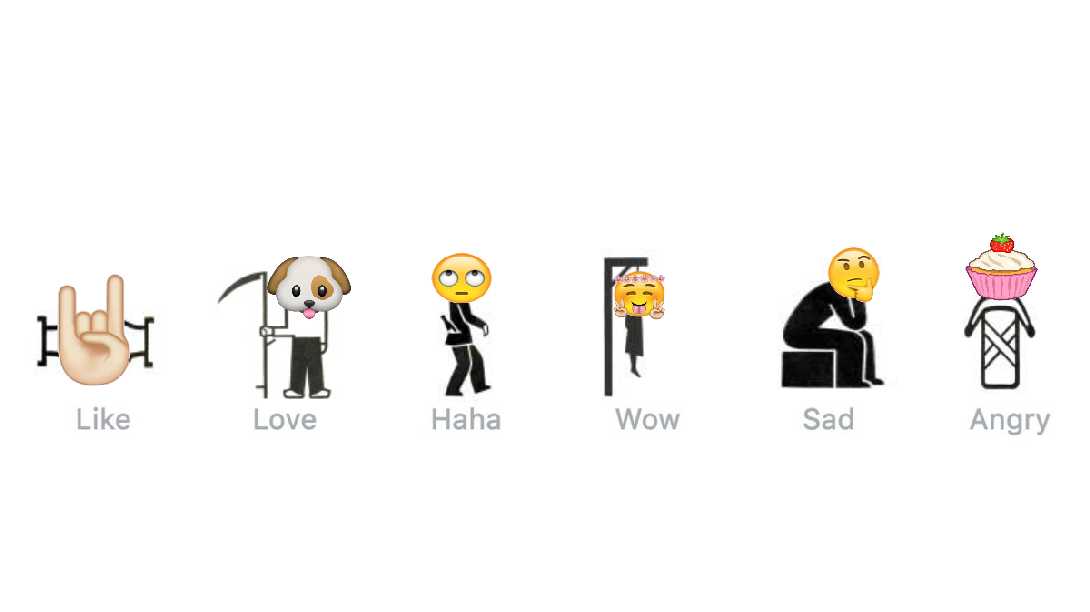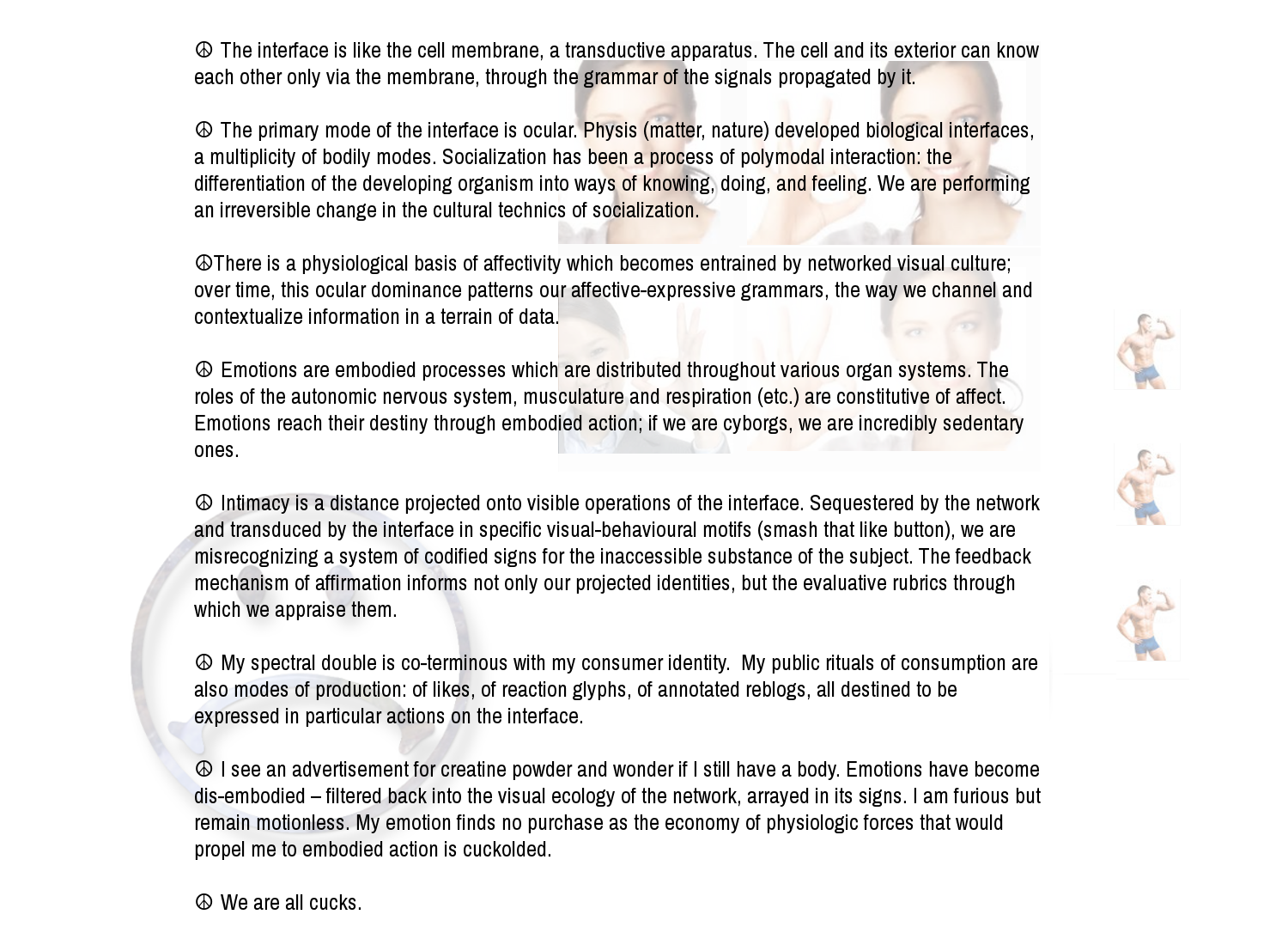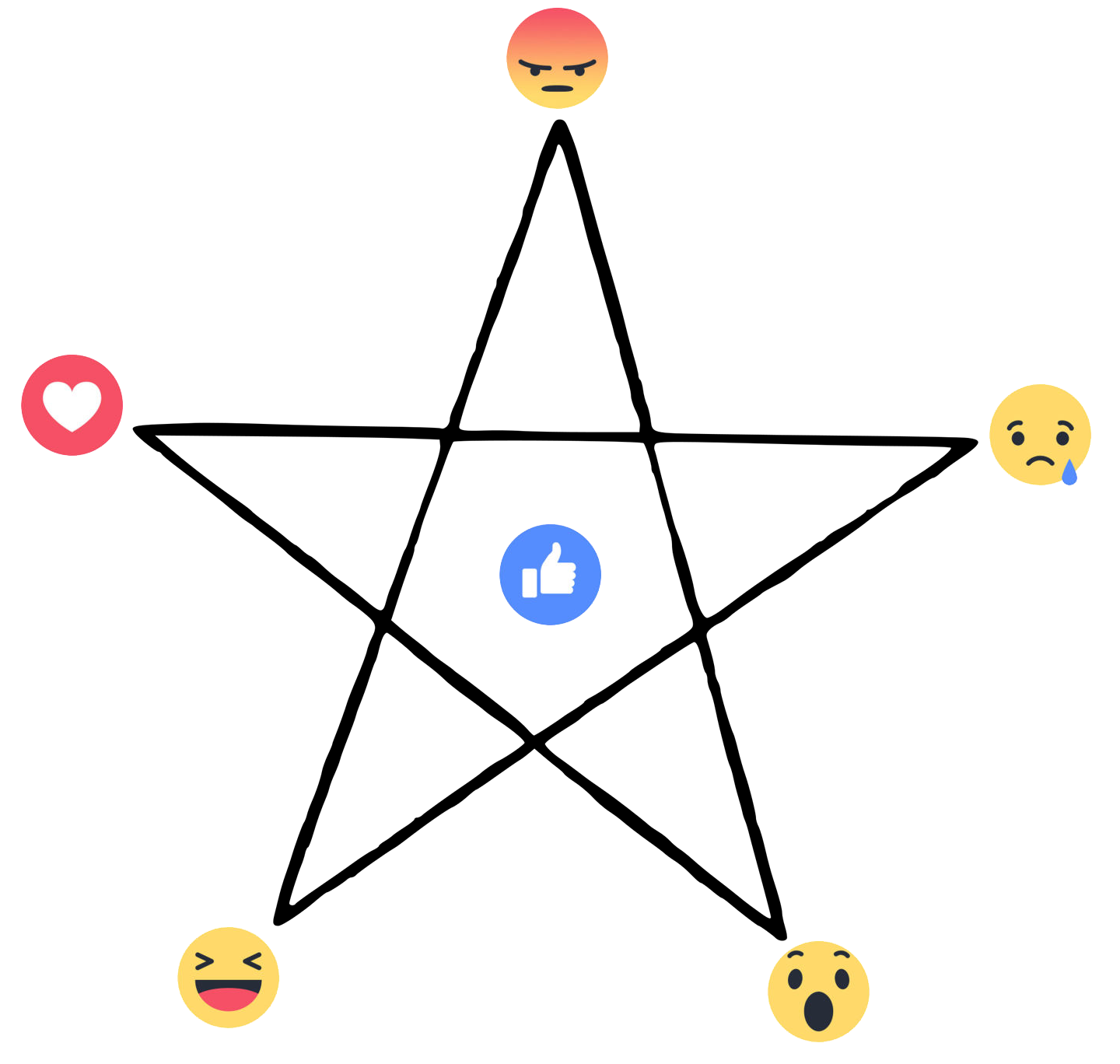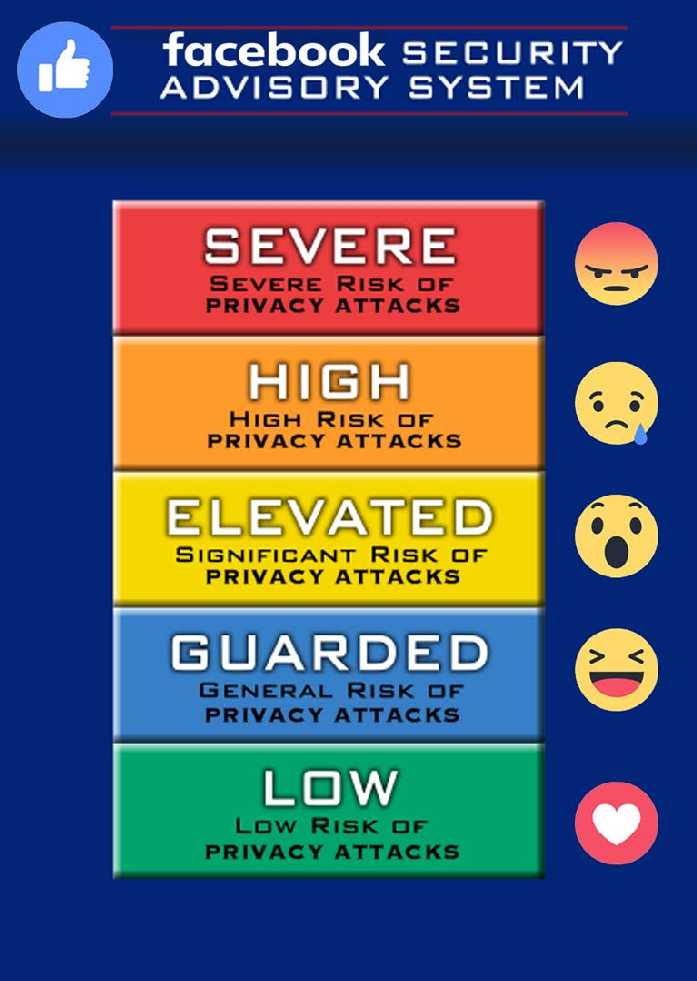Facebook’s new feature, Reactions, is now available for consumption by the platform’s subscribers. Marketed as an attempt to answer popular demands for a dislike button, the new feature promises a more expanded spectrum of human emotion with which the users can, supposedly, better express themselves. None of the Reactions is a new character, although they are a new technical integration to Facebook’s platform. Therefore, they embed the already standardised classifying principles of Emoji. The latter has, in turn, been called the ‘new international language’1, or even a super language2, “(...) one that helps people connect across barriers and cultural divides”). This aspiration to internationalisation via pictorial aid is, however, not something exclusive to Emoji. In 1920’s Vienna, philosopher, sociologist and political economist Otto Neurath, in collaboration with Marie Neurath and Gerd Arntz, had begun to develop what would later be known as the Isotype (International System of Typographic Picture Education).
Isotype
The Vienna Method of Pictorial Statistics - Isotype since 1936 - was developed within the context of Red Vienna, at the time where the Austrian capital was a separate socialist state. A project of the Museum of Society and Economy, directed by Neurath himself, the Isotype3 aimed at being an auxiliary pictorial language designed to communicate social facts clearly to a broader audience. Its potential for opening up the access of crucial information to less-educated adults and school children was a reflection of a municipal politics oriented towards education and culture. Otto Neurath firmly believed in statistics as a tool for empowerment. When asked to join the project, graphic designer and activist Gerd Arntz4 saw in it an opportunity to “expand the reach of his political beliefs into the realm of actively informing the proletariat, albeit as a graphic designer”.
Emoji
The Emoji (‘picture’ + ‘letter’) was developed in 1999 in Japan as a solution to deal with heavy MMS traffic, which put too much strain on mobile operators. Developed by scientists, the Emoji corresponded to a single character, thus offering the perfect solution to an overloaded network infrastructure. So how did the Emoji travel to the West? During a promotional visit to Japan, Steve Jobs5, who wanted to expand the iPhone market to Japan, managed to strike a deal with mobile operator SoftBank: In return of a piece of the Japanese market, the following iPhone model should include Emoji.
Reactions
In February 2016, the Reactions were added to Facebook as an extension of the Like button. Now users would also be able to react with “love”, “wow”, “haha”, “sad” and “angry” to their friends’ posts. With guiding principles in mind to ensure the wide usage and universality of the Reactions, a group of Facebook scientists and designers6 rummaged through anonymized datasets of users’ exchanges in order to determine the most commonly expressed emotions. Besides, the research group conducted international surveys and even worked with Facebook’s internationalisation team! According to Geoff Teehan, a member of the Reactions’ development team, narrowing down the possibilities was imperative, for “the more reactions we offered, the less likely they would all be universally understood”.
Universal?
Isotype, Emoji and Facebook Reactions have all made the same claim of universality.With Isotype, the focus was placed on opening up the possibilities for accessing information vital to full democratic participation; it was therefore a project concerned with emancipatory education. With both Emoji and Facebook Reactions, however, the emphasis is placed on better systems to communicate and connect on a global scale.
Neurath’s project aimed at making information effective, understandable and easy to navigate. Despite its laudable aims, the Isotype as a project is still very much inscribed within a separation between archivist/curator/designer and the overall population it seeks to liberate. Whilst one might argue that instituting the role of the “transformer” (according to Marie Neurath7, “the transformer has the responsibility to understand the data, to get all the necessary information from the expert and to decide what is worth transmitting to the public. (..) In this sense the transformer is the trustee of the public.”) was aimed at bridging that gap, the tools for emancipation were still being developed and controlled by a select few. Although Neurath departed from a vision of democracy, world peace and equal access to information despite literacy levels, socio-economic background etc, his vision took place within controlled information flows and standardised classifications.
Scientists and designers working for ICT giants developed and designed what is supposed to be the new international language. With its ability to connect and communicate globally, the emoji has already been used on countless marketing campaigns. It is not like language itself is a neutral artefact, detached from the socio-political structures which inform it and through which those structures are mirrored and perpetuated. But it is also not like the Emoji is the language of the masses which has been shamelessly appropriated by capital. The Emoji has been designed within that context, and as a global language it is not convincing that it should have been developed by cybernetic capital. International, in this case, means western by default, as with many other “international” languages (english, esperanto, etc). Shouldn’t we be more wary of profit seeking monopolies controlling - even more, that is - the way we communicate, designing our language and setting up a template for human interaction? Christian Fuchs maintains that Facebook, Google, et al are not “communications corporations”, but the "world’s largest advertising companies"8; it sure helps to be able to control how targets express themselves.

